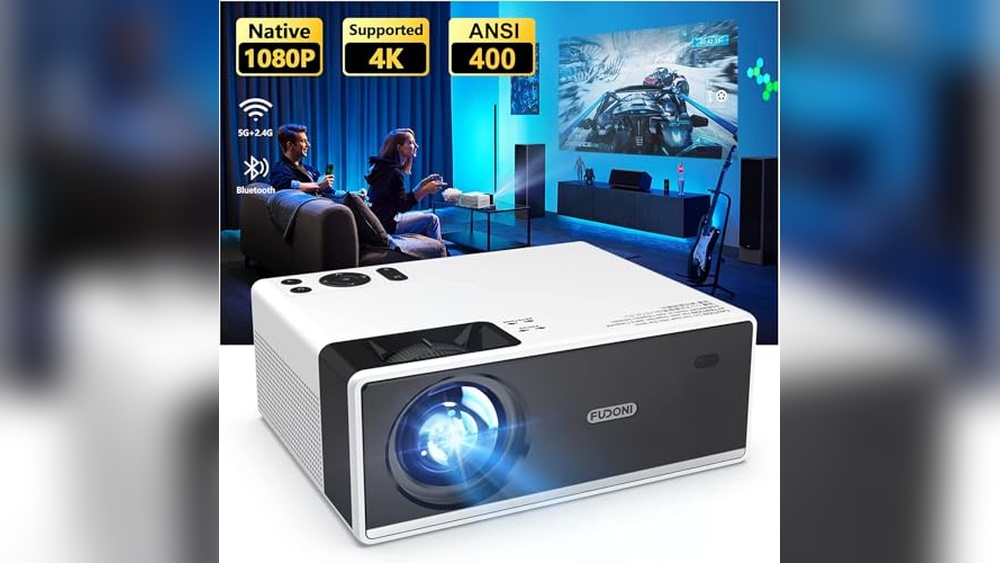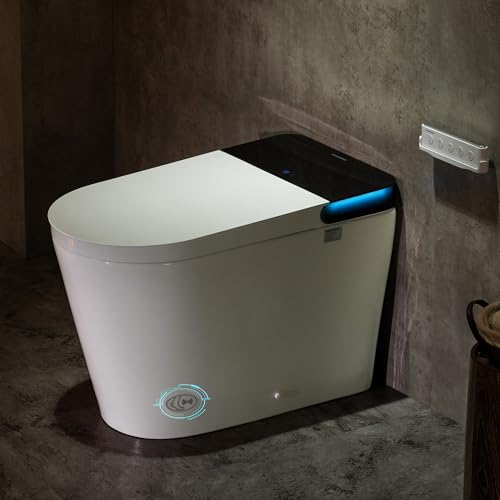To select the right ID card printer, assess your volume needs and whether you need single or dual-sided printing. Consider the card material and the desired print quality for your application.
Choosing the right ID card printer is pivotal for organizations that issue identification cards regularly. This decision impacts the effectiveness of the ID cards, the efficiency of card production, and overall cost management. Key factors include print volume, card material, print quality, and whether the printer can handle single or dual-sided ID card printing.
The type of printing technology, such as direct-to-card or reverse transfer, also dictates the crispness of images and text, as well as durability. Therefore, before making an investment, identifying specific needs and understanding printer capabilities ensures optimal performance and value from your ID card printer.
Understanding Id Card Printer Technologies
When it comes to producing high-quality ID cards for your organization, business, or event, comprehending the nuances behind ID card printer technologies is vital. Each technology comes with its unique benefits and caters to different printing needs. From security features to cost-effectiveness, choosing the right printer could mean the difference between a standard identification card and a high-tech security badge.
The Basics Of Id Card Printing
ID card printers are specialized devices designed to produce high-quality identification cards. These printers vary greatly in their mechanisms, features, and the quality of print they can produce. While picking the right ID card printer, it’s imperative to assess your organization’s requirements—whether you need monochrome prints for basic ID cards, or full-color prints for more sophisticated designs.
Dye-sublimation Vs. Reverse Transfer Printing
Two prevalent technologies dominate the ID card printing market: dye-sublimation and reverse transfer printing. Dye-sublimation printers work by applying heat to a dye ribbon, which imprints the image directly onto the card. In contrast, reverse transfer printers print the image to a clear film first and then adhere the film to the card surface. This not only produces a high-quality image but also protects the print from wear and tear.
Impact Of Printing Technology On Card Quality
The choice of printing technology has a direct impact on the card quality. Dye-sublimation is renowned for sharp images and vibrant colors, ideal for intricate designs and high-resolution photographs. On the other hand, reverse transfer printing offers even higher quality and durability, with the added advantage of printing over the edge of the card for a professional finish.
- Durability: Reverse transfer printers enhance the card’s lifespan as the image is sealed under the film.
- Security: Adding watermarks and holographic films can increase security, a feature more accessible with reverse transfer technology.
- Flexibility: Reverse transfer printers can print on uneven surfaces, such as smart cards with embedded electronics.
In conclusion, understand your requirements, consider your budget, and evaluate the advantages each technology offers before making a decision. With the right ID card printer, you’ll ensure your organization’s security, brand image, and cost-efficiency are all maintained to the highest standards.
Evaluating Id Card Printer Features And Functions
Choosing the right ID card printer entails balancing between feature set and functionality. Business needs vary, from the required volume of cards to the level of security and durability necessary. This section breaks down some key features and functions to consider when evaluating ID card printers for your organization.
Single-sided Vs. Dual-sided Printing Capabilities
Deciding between single-sided and dual-sided printing is crucial based on the intended use of the ID cards. Here are the points to consider:
- Single-Sided Printers: Ideal for simpler designs where information is only needed on one side. Cost-effective for smaller operations.
- Dual-Sided Printers: Necessary for more complex card designs that include additional information or terms and conditions on the back. Increases productivity by printing both sides in one pass.
Lamination Options For Added Durability
Lamination not only enhances durability but also adds a layer of tamper resistance to ID cards. Cards with lamination are better protected against daily wear and tear and are suitable for organizations that require cards to last longer without frequent replacement.
Non-Laminated: More economical but offers less protection.
Laminated: Higher initial investment with the benefit of extended card lifespan and reduced republishing costs.
Encoding Features For Enhanced Security
Security is paramount for ID cards. Encoding features such as magnetic stripes, smart chips, or RFID technologies empower cards with additional functionalities such as access control or cashless payment options. Here’s a quick overview:
| Type of Encoding | Use-case |
|---|---|
| Magnetic Stripe | Swipe access, time and attendance tracking |
| Smart Chip | High-security areas, information storage |
| RFID/NFC | Contactless access, integration with other systems |
- Determine your specific security needs before selecting an encoding option.
- Consider future scalability and potential need for technology upgrades.
Print Speed And Volume Considerations
Print speed and volume are essential for businesses that need to issue large numbers of cards in a short period. Select a printer that aligns with your volume requirements to avoid bottlenecks during the production process. The right printer should deliver:
- Consistent print speeds that meet your turnaround time expectations.
- The capability to handle the peak volume of card issuance without compromising on quality.
Choosing The Right Id Card Printer For Your Needs
When it comes to printing high-quality ID cards, the right printer can make all the difference. Whether for a small business, a corporate office, or an educational institution, the necessity for secure and professional identification is paramount. Embarking on the journey to find the perfect ID card printer can seem daunting, with various models and technologies to consider. To simplify the process, the following aspects must be carefully evaluated to ensure that the selected printer aligns seamlessly with your specific demands.
Assessing Your Specific Id Card Requirements
The first step in selecting an ID card printer is to delineate the prime objectives of your ID card program. Consider the following questions:
- Volume: How many cards will you print per year?
- Functionality: Will the cards require magnetic stripes, chips, or other functionalities?
- Quality: Is color fidelity and print resolution critical for your ID cards?
- Security: Are there any specific security features needed, such as holograms or watermarks?
Cost-benefit Analysis Of Printer Features
Prioritizing the features that are most valuable to your organization will help guide your purchasing decision. Analyze the costs associated with various features including:
| Feature | Benefit | Estimated Cost |
|---|---|---|
| Dual-sided printing | Saves time with automatic two-sided printing | $$$ |
| Smart card encoding | Enables advanced security and functionality | $$$$ |
Balance the initial printer cost with ongoing supply and maintenance expenses to ensure a cost-effective long-term investment.
The Role Of Brand And Model In Reliability
Reliability is critical when it comes to ID card printers. A printer that often malfunctions can lead to increased downtime and operational inefficiencies. Research reputable brands and models known for their durability and customer support. Check online reviews and testimonials to gauge user satisfaction and reliability over time.
Compatibility With Existing Systems And Software
Integration with your current systems is another crucial factor. Ensure the new ID card printer is compatible with existing software and hardware within your infrastructure. This includes compatibility with card design software and any necessary databases. Cross-technology compatibility reduces the need for additional investments and streamlines the card printing process.
Frequently Asked Questions On How Do I Choose The Right Printer Id Card?
Can A Regular Printer Print Id Cards?
Regular printers cannot print plastic ID cards as they require specialized ID card printers designed for that purpose.
Which Type Of Printer Should You Purchase If Your Company Needs To Print Id Cards?
For printing ID cards, opt for a specialized ID card printer with direct-to-card or reverse transfer capabilities.
What Size Should I Print My Id Card?
Typically, ID cards should be printed in the standard CR80 size, which is 3. 375 inches by 2. 125 inches.
What Are The Different Types Of Id Card Printing?
The main ID card printing types are direct-to-card and reverse transfer printing. Direct-to-card printers apply dye directly onto cards, while reverse transfer printers print onto a film before applying the image to the card.
Conclusion
Selecting the perfect ID card printer needn’t be a chore. Prioritize your requirements, consider functionality, and reflect on your budget. Don’t forget to think about future needs, as well. By focusing on these elements, you’ll invest in a reliable printer that meets your specific ID card printing needs.
Happy printing!



Leave a Reply